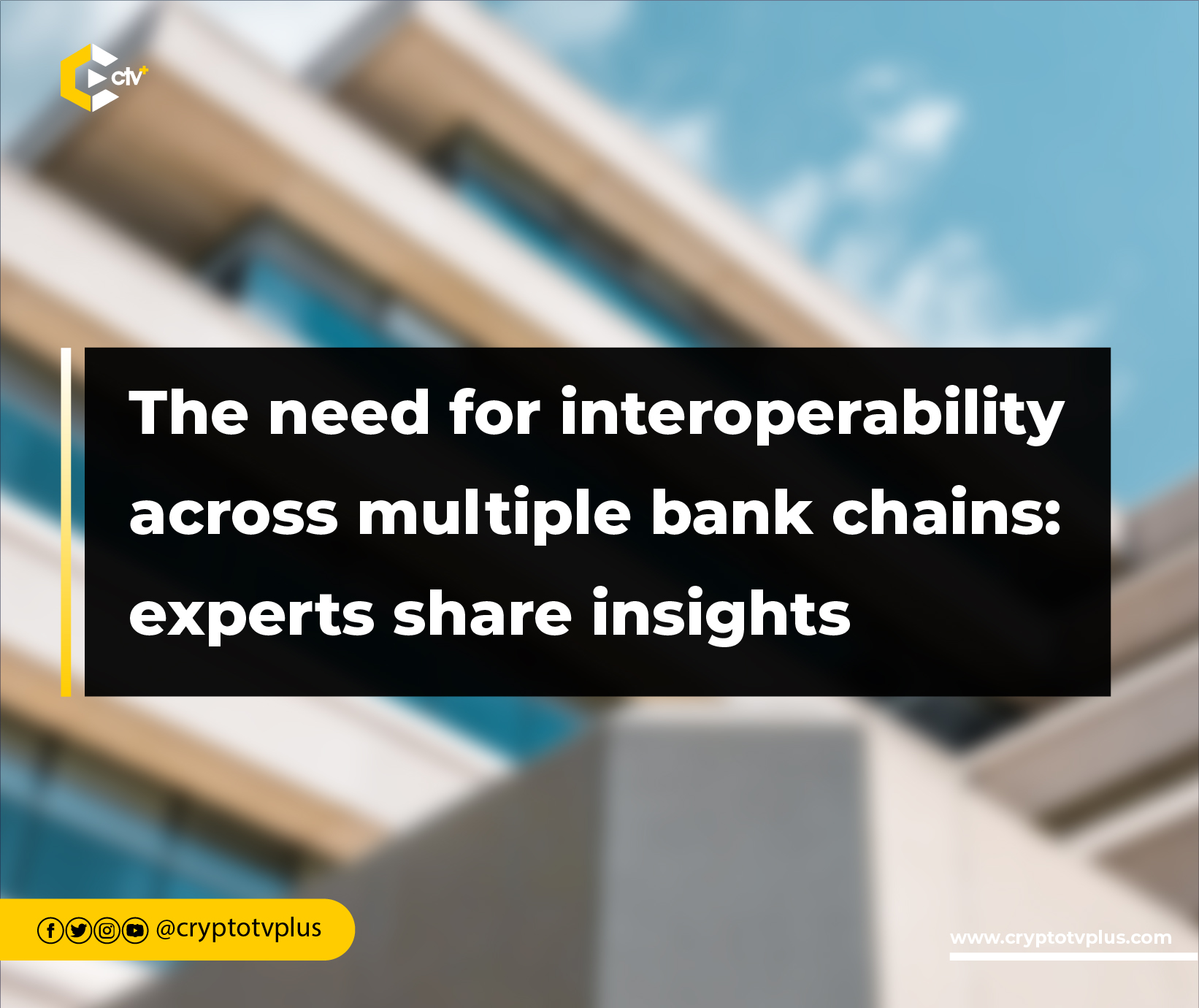FEATURED
The need for interoperability across multiple bank chains: experts share insights

As the use of both private and public blockchain becomes increasingly popular in the financial industry, the importance of interoperability, secure communication channels, and industry standards cannot be overstated. At the recently concluded SmartCon 2023, blockchain industry experts shared insights on the imperative need for interoperability across multiple bank chains.
Thomas Duagauquier, tokenized product lead at Swift, highlighted that as distributed ledger technology (DLT) adoption accelerates, with numerous DLT instances being created by banks, the need for a trusted communication channel and standards becomes even more important. DLT adoption is a complex journey that will require interoperability between existing and new standards, he emphasized.
Swift is a corporate financial service provider and has been focusing on interoperating bank applications. According to Thomas, Swift relies on two key components to achieve this: a trusted communication channel and industry standards. He emphasized that secure communication channels and standards are fundamental building blocks for blockchain interoperability.
Furthermore, different asset classes may present many challenges as they may require dedicated blockchains, hence the need to manage multiple chains and ensure interoperability. Olivier Roucloux, from Euroclear, added to this perspective that regulatory constraints, such as European regulations, may mandate the maintenance of different private chains and the need to connect them.
Additionally, Olivier said it is important to have a step-by-step approach that would gradually onboard legacy systems onto the blockchain to integrate rule book interoperability and standards.
On the other hand, Anurag Soin, of ANZ Bank who also spoke at SmartCon 2023 stressed the significance of interoperability in achieving efficiency in the world of digital assets. He pointed out that if assets are fragmented across numerous markets, capital efficiency deteriorates. The promise of digital assets lies in their potential for efficiency, and achieving this efficiency requires seamless interoperability, he mentioned.
Anurag stated, “Interoperability is really important to deliver that promised efficiency which we have been waiting for.” He also analyzed the shift from an edge-based model to a network model, where interconnected networks eliminate settlement delays, releasing capital instantly.
Conclusively, the adoption of blockchain by bank asset managers and financial market infrastructure is driven by the need to reduce friction in various markets. The future of digital assets in capital markets appears to be one that would present increased efficiency, transparency, and standardization, driven by the benefits offered by blockchain technology.
Interoperability across multiple bank chains is needed but is also a complex, multifaceted challenge. To ensure the smooth flow of assets and unlock the full potential of digital assets, the industry must continue to prioritize interoperability solutions.
Read also;
Solving cross-chain transfer challenges with the Asset Hub: Insights from Polkadot’s Engineer
What do you think of this article? Share comments below.
























